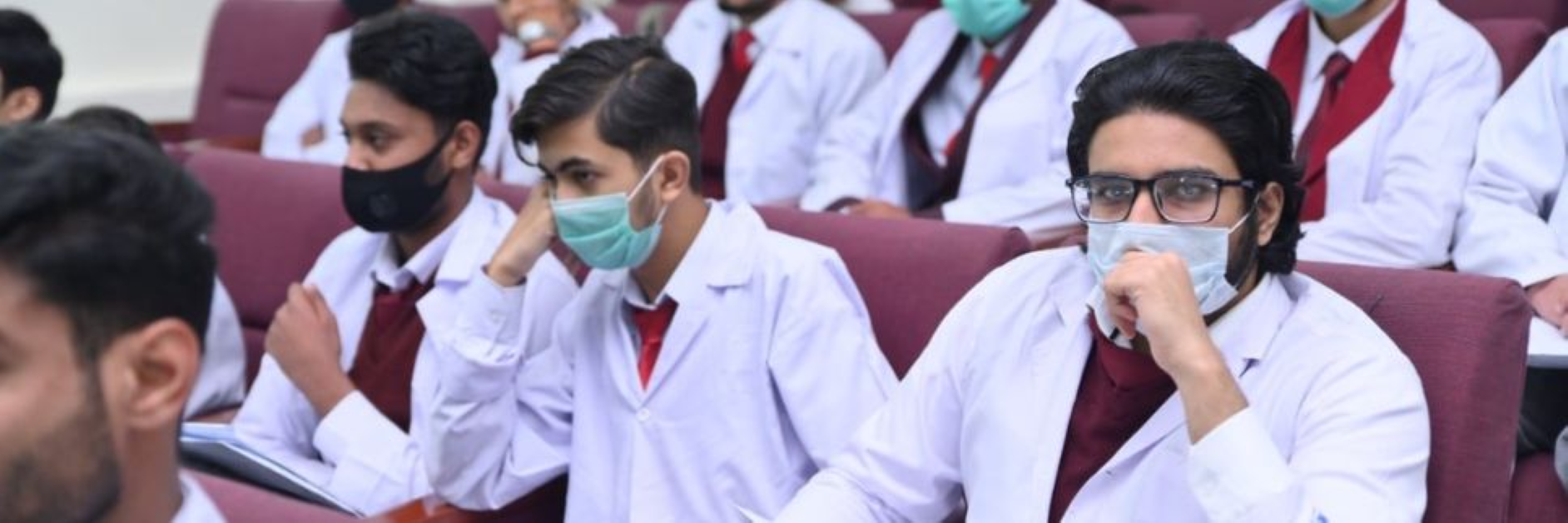As temperatures soar across Punjab, the School Education Department (SED) has taken an important step to protect students. In response to the ongoing heatwave, the department has issued Heatwave advisory for student safety a detailed advisory for all public and private schools in the province. This advisory outlines urgent measures that schools must follow to ensure the safety and well being of students and staff members.
Extreme heat can cause serious health issues, especially for young children who spend several hours a day at school. With climate change making summers hotter each year, this advisory is a timely reminder of how important it is to take preventive action. The goal is to reduce the risk of heat related illnesses such as dehydration, heat exhaustion, and even heatstroke.
What the Advisory Includes
The School Education Department has listed several important measures that schools must start using right away. These include steps to keep students hydrated, cool, and informed about how to stay safe during hot weather. Schools are now required to ensure that clean and cold drinking water is available in every classroom. To make this easier, scheduled water breaks throughout the school day are highly recommended.
Classroom conditions also need to be improved. Proper ventilation is a must, which means using ceiling fans, pedestal fans, or air coolers wherever needed. Rooms without good airflow should not be used for any classes or activities. Keeping students cool indoors is a top priority.
No Outdoor Activities During Peak Heat
- One of the key instructions in the advisory is the restriction on outdoor activities.
- Assemblies, sports, and physical education classes should not be held between 11 a.m. and 3 p.m., the hottest part of the day.
- During these hours, students should remain indoors where it is cooler and safer.
- This measure is important for minimizing exposure to extreme heat and reducing the risk of heatstroke.
Creating Awareness and Emergency Readiness
To further protect students during the ongoing heatwave, schools have been directed to increase awareness and prepare for possible emergencies. This includes educating both students and staff about heat related illnesses and ensuring all necessary medical support is readily available.
- Conduct Awareness Sessions: Schools must hold sessions to teach students and staff how to recognize symptoms of heat related illnesses like dizziness, nausea, excessive sweating, and confusion. For more detailed information, visit the NHS Heatstroke and Heat Exhaustion Guide.
- First Aid Readiness: Updated first-aid kits should be available at all times in every school to provide immediate care if needed.
- Trained Staff: Selected staff members must be trained to handle heat-related emergencies effectively.
- Display Emergency Contacts: Emergency contact numbers should be clearly displayed in schools to ensure quick communication during any incident.
Parental Role and Home Preparation
Parents also play a big role in helping their children stay safe during a heatwave. The advisory encourages parents to send their children to school in light colored cotton clothes. Children should also carry their own water bottles and, if possible, wear a cap or use an umbrella while going to and from school. A diet that includes fresh fruits and light snacks rather than heavy meals is also advised. These small but effective steps can go a long way in helping children stay cool and healthy during extreme weather.
Teachers and Administrators: Frontline Protectors
- Teachers and administrators are the first line of defense in ensuring student safety during the heatwave.
- They must remind students to drink water regularly to stay hydrated throughout the school day.
- It is their duty to keep students indoors during periods of extreme heat.
- Staff should monitor students for early signs of heat related illnesses, such as fatigue or dizziness.
- If a student shows symptoms of illness, teachers must act quickly to provide care or seek medical attention.
- The alertness and cooperation of school staff are essential for the successful implementation of the heatwave advisory.
Looking Ahead: Long Term Safety Plans
While this advisory addresses the immediate heatwave, long term solutions are also important. Schools should consider planting more trees around buildings to provide natural shade and reduce heat. Investing in solar powered fans or installing energy efficient air cooling systems could be a smart move for the future. Educational programs on how to stay safe in extreme weather can also be introduced as part of the school curriculum. As the effects of climate change grow stronger each year, these changes will help schools become more resilient.
ParhloPakistan: Your Trusted Source for News and Awareness
At ParhloPakistan, we believe in sharing important news that directly affects our communities. Our platform is dedicated to providing updates on education, health, social issues, and more. We aim to raise awareness and inform readers with reliable and well researched content. As the heatwave continues, ParhloPakistan remains committed to spreading knowledge and supporting public safety through timely information.
Conclusion
The heatwave advisory issued by the School Education Department is not just a set of instructions it is a crucial step toward protecting our children. By taking these measures seriously, schools can create a safer learning environment during hot weather. Both government and private schools must work together to follow these guidelines strictly. With the support of teachers, parents, and administrators, we can ensure that students stay healthy, hydrated, and protected throughout the summer.
Stay informed with our News section for the latest updates on student safety, education news, job alerts, and more!




